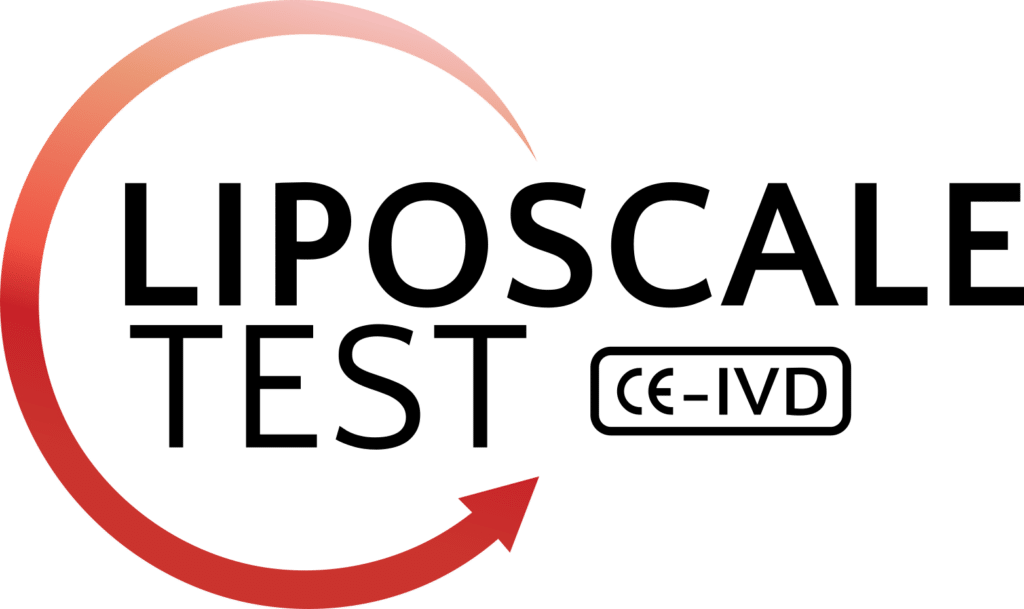Background: A 10-month strategy of cardiac telerehabilitation (CTR) improved outcomes over a standard centre-based cardiac rehabilitation (CBCR), as recently published. We hypothesised that prolonged telerehabilitation could also improve proinflammatory status and lipoprotein particle composition.
Methods: A randomised controlled trial compared a prolonged CTR program with CBCR in post-ACS patients. Patient’s age was 18-72 years with low-risk criteria. Blood samples were drawn at baseline, at 4- and 10-months follow-up. Advanced lipoprotein characterization was performed using the NMR-based Liposcale test. Signals from glycoproteins (GlycA and GlycB) were also assessed.
Results: The final analysis included 31 patients in the CTR group and 25 patients in the CBCR group. GlycA decreased in the CTR group (p = 0,007). LDL particle number (LDL-P) increase in both groups, but it was at the expense of small-sized LDL in the CBCR group (p = 0.012). Triglycerides in intermediate-density lipoprotein (IDL-TG) increased only in the CBCR group (p = 0.043). The triglyceride-to-HDL (TG/HDL) ratio decreased only in the CTR group (p = 0.006). The TG/HDL ratio was correlated with GlycA (Spearman’s correlation coefficient: 0.558, p < 0.001) but not with CRP (p = 0.101).
Conclusions: Our results showed that a 10-month CTR program reduced GlycA levels, the TG/HDL ratio and avoided unfavourable long-term changes in lipoprotein particle composition


